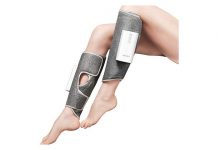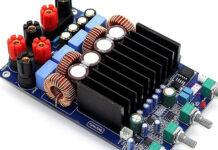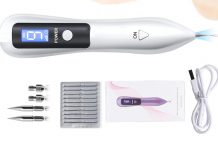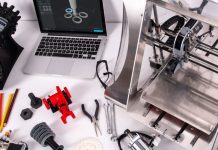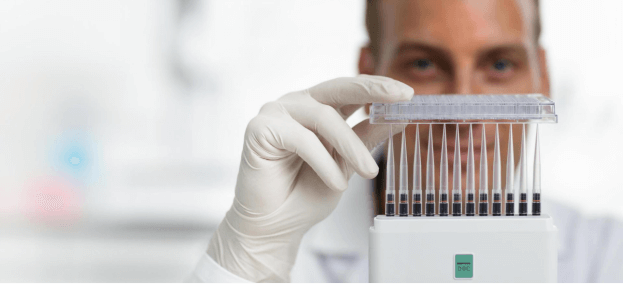A pipette, for a scientist, can be compared to a brush for a painter. Pipetting techniques are daily applied in routine biological, pharmaceutical, and chemical experiments. There are dozens of models and sizes of pipettes. Each model can be customized based on your specifications, taking various technologies into account. The most revolutionary advancement in the world of pipetting technology came with the launch of electronic pipettes. These types of pipettes completely changed the way liquids are measured and handled in labs all across the world. For a scientist with excellent pipetting techniques, electronic pipettes are an indispensable tool for enhanced workflow. Let’s focus on the advantages of electronic pipettes.
Advantages of electronic pipettes
- Ergonomic handling
If you wish to avoid repetitive strain injuries while doing experiments involving pipetting, it is advisable to switch to electronic versions of pipettes. These pipettes feature enhanced design and shape to minimize thumb movements during extended periods of pipetting.
- Easy to use
The amount of hand movement required to operate an electronic pipette is minimal. It is easier to focus on the workflow’s accuracy and precision this way.
- Availability of charger stands for prolonged use
Modern versions of electronic pipettes come equipped with charger stands that let you charge the tool when you are not using it. This guarantees that you never run out of juice, which would interfere with your workflow.
- Reduction in human error
The effectiveness of electronic pipetting shines through when the episodes of human error are next to none. There is almost no user to user variability while using such pipettes. This translates to more efficient data and results in reproduction.
- Increased precision and accuracy of results
The motorized operation and digital display mean that the volume of liquid you aspirate will always be accurate. The action also becomes automatically reproducible. The ease of replication of an experiment and liquid volumes is very important for efficacy.
- Time savings
Using an electronic pipette in your lab means that productivity automatically shoots up. You, therefore, have the time to focus on other tasks that do not require you to be in the lab. You may encounter situations where you have to add reagents to many wells at the same time while also maintaining accuracy. Only an electronic pipette can achieve this fast.
- Availability of many features combined with efficiency
The sheer number of possible customizations on an electronic pipette means that your efficiency of operations is automatically improved. You can get electronic pipettes in both multichannel and single-channel designs. There is also a large combination of modes available, including multi-dispensing, diluting, mixing, and reverse pipetting.
Major categories of pipettes
Regarding pipette calibration, the five main categories of pipettes include:
- Graduated/serological pipette – utilize final volumes which are obtained by calculating liquid level differences.
- Disposable pipette – considered a regular type of tool. It is best used for rough measurements.
- Repeat pipette dispenser – with this tool, you can set and dispense a specified volume of liquid to multiple receptors without having to aspire repeatedly.
- Single-channel pipettes – most are designed using an air-displacement model.
- Multichannel pipettes – this pipette uses the same technique as a single-channel dispenser, but it can take in more tips at once.
Conclusion
Pipettes are a unique tool in the arsenal of any lab worth it’s salt. It is advisable to apply the correct pipetting technique when conducting significant experiments.












